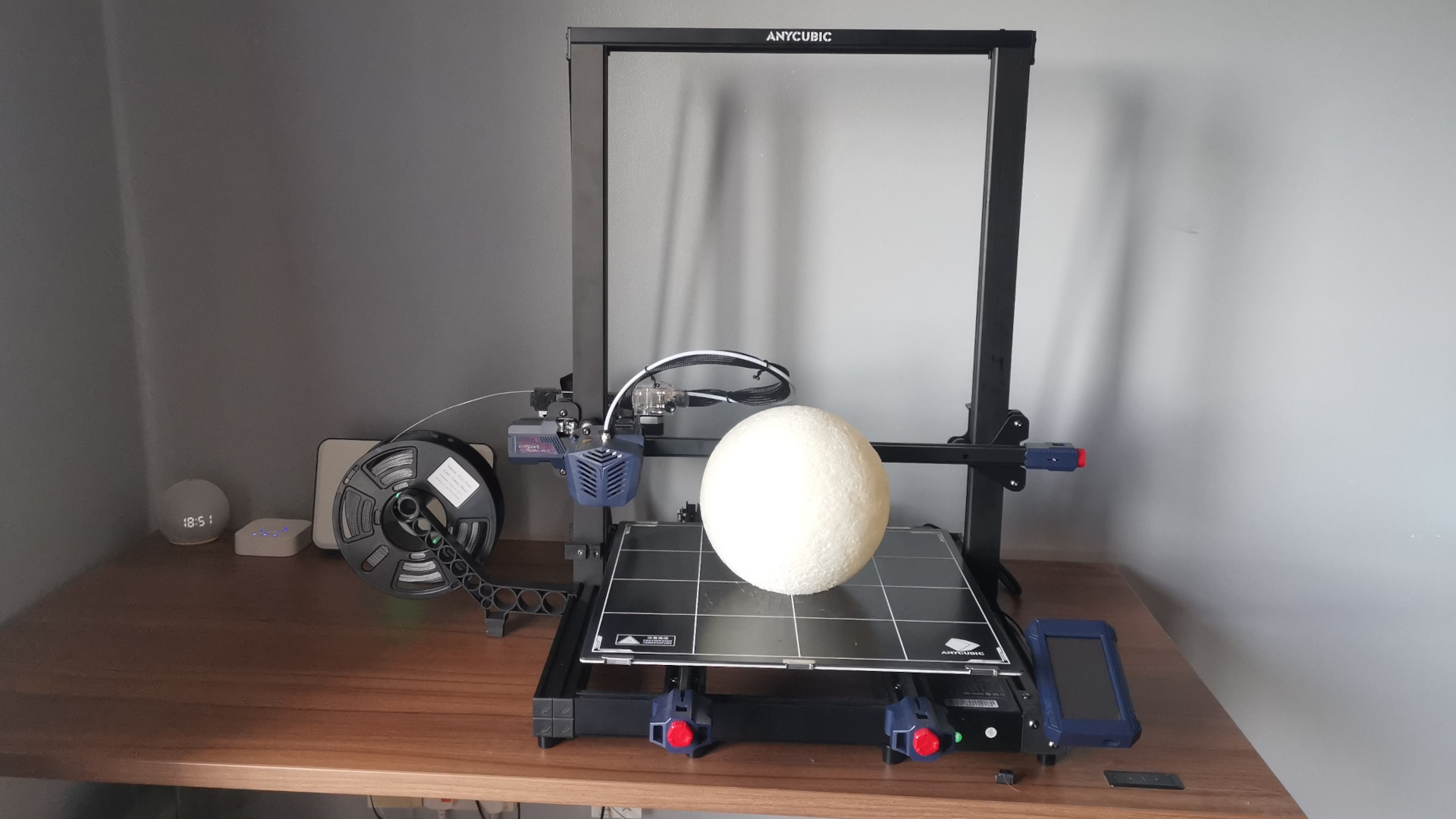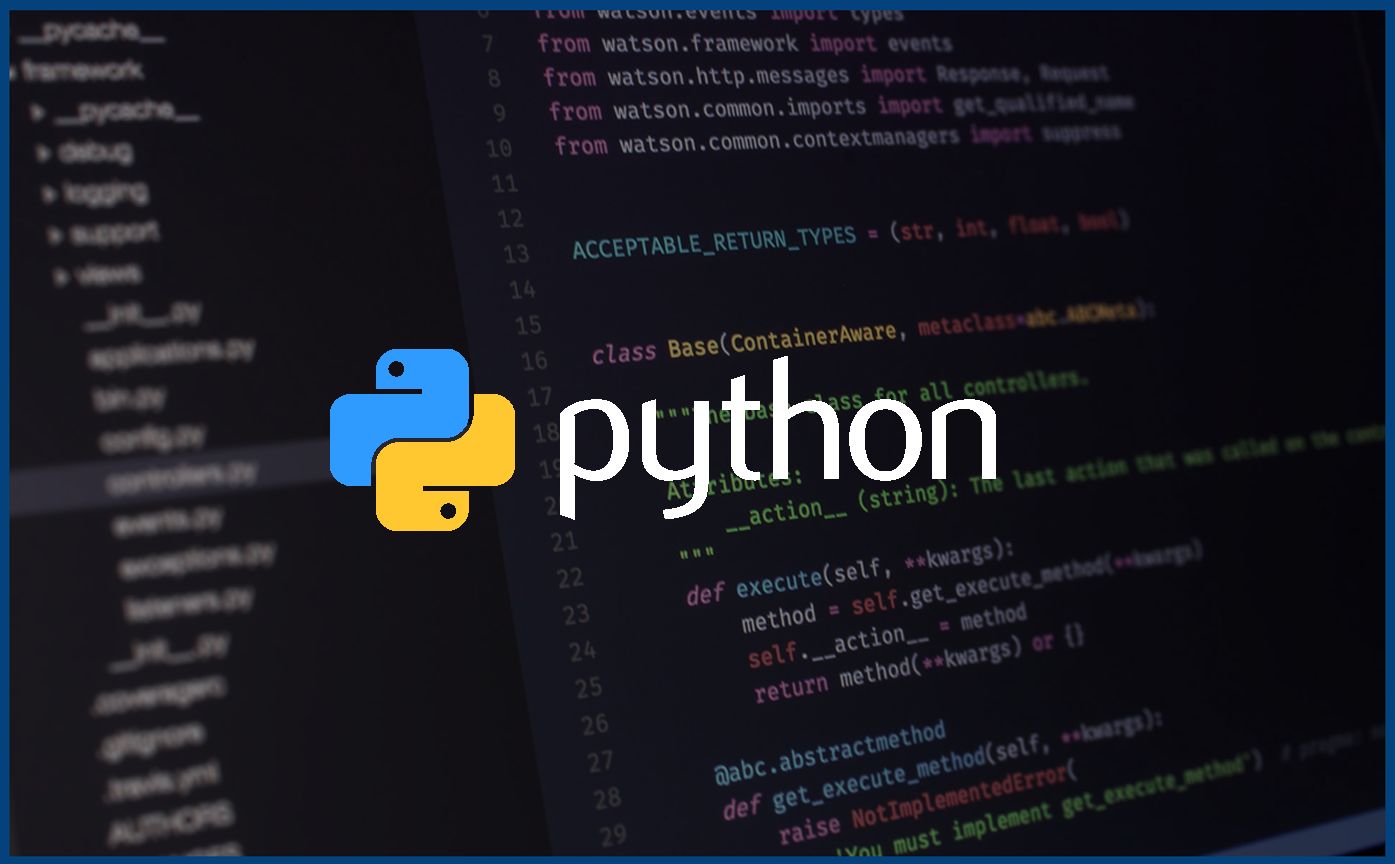ANYCUBIC KOBRA was photographed using the Self Developed Anycubic LeviQ Skilling Function equipped with 25-point precise leveling up, which can automatically correct the unevenness of the heated bed. This allows for easy, quick, and accurate leveling, giving you a more intelligent printing experience. Let us know more about this printer along with some of its amazing features that you won’t believe even existed.
Key Features of Anycubic Kobra Printer
1. Fast Printing and Large Printing Size
ANYCUBIC KOBRA 3D Printer has a maximum printing speed of 180 mm/s and an average rate of 80 mm/s, which is 167% faster than the industry norm and allows you to wait for less. With an extensive construction capacity of 8.7×8.7×9.84in (220x220x250mm), you have plenty of room and flexibility to express your creativity.
2. High Conveying Strength and Precise Filament Control
There is a Direct Drive Extruder for Ultra Smooth Printing. Compatible with flexible PLA, ABS, PETG, and TPU materials. It may assure printing precision and lessen filament transmission jitter.
3. Magnetic Platform That May Be Removed:
After printing, the models can be removed by gently bending a magnetic spring platform. You will spend far less on maintenance because the platform is corrosion-free and can endure intense printing.
More Purpose of Anycubic Kobra Printer
A 3D printer with an all-in-one frame, 1ANYCUBIC KOBRA, can reduce shaking to enhance print quality. The printer can be put together in only 10 minutes thanks to its modular design; 2 ANYCUBIC KOBRA has a 4.3-inch LCD touchscreen interface with sensitive response and a brighter display for an improved user experience; 3 All ANYCUBIC 3D printers are supported by a lifetime warranty and round-the-clock, attentive customer care.
The household resin 3D printers produced by Anycubic are the company’s best-known product line. However, they also have models using fused filament fabrication. The Mega, Vyper, and Chiron are famous vintage models. A new series was launched recently, so I tested the Anycubic Kobra 3D printer.
The Anycubic Kobra and, indeed, the Anycubic Kobra Max are the only two machines in this series. The Anycubic Vyper and a few of the Mega printers appear to compete in the same market niche as the Kobra, a compact entry-level FFF 3D printer. The Anycubic Chiron will probably be replaced by the considerably bigger Kobra Max, a review of which I’ll write shortly.
ANYCUBIC LeviQ Skilling System with 25-point Precise Leveling
The ANYCUBIC LeviQ Leveling feature, which is self-developed, will automatically correct the heated bed’s unevenness. Never has it been so simple to level your heated bed thanks to a 25-point intelligent and exact calibration.
Quick to begin
The system can be put together quickly because of its modular architecture, giving processing time to proceed.
A whole range of equipment is designed to produce valuable components. Industrial 3D printers with a linked platform and exacting construction continuously get better.
FX20: a manufacturing platform for large, robust, high-temperature parts that may be used from the factory floor to the air. The trademarks ULTEMTM and 9085 are used with permission from SABIC, its affiliates, or subsidiaries.
Iron X System
The Metal X System is a top end-to-end additive manufacturing system and an approachable way to move from design to metal item.
How does the Anycubic Kobra Printer function?
- Create a part in the cad platform of your choice, then save it. Select the material and orientation in Eiger after uploading the STL file. The machine automatically cuts your part into a raft, supporting it where necessary, and holding the part itself up in between layers of releasing material.
- The form of your object is printed single layer by layer using metal powder encased in plastic. To account for shrinkage during the sintering process, pieces are scaled up.
- After printing, components are inserted into wash 1, which dissolves the plastic using a de-binding agent.
- The leftover binder is removed from cleaned brown pieces by heating them inside a mark-forged furnace using a material-specific temperature profile, solidifying the metallic powder.
- Sintering produces completely metallic items that may be utilized for prototyping, tooling, and production.
The printer’s significance: worry-free leveling
The heated bed’s unevenness will be automatically corrected by the self-developed Anycubic LeviQ feature. It has never been so simple to level your heated bed thanks to a 25-point intelligent and exact calibration.
High-quality printing
Higher (conveying) force and more accurate (filament) control is provided by the integrated direct extruder. The printer can assure printing precision while minimizing filament transmission jitter since it is compatible with flexible materials.
Maintenance-free platform
After manufacturing, the models may be taken out by gently stretching the magnetic platform made of spring steel. You will spend far less on maintenance because the platform is corrosion-free and can endure intense printing.
Print without restrictions
The print size of 220 * 220 * 250 mm is sufficient for daily and domestic usage, giving you additional printing area and production options.
Speed
The top print speed is 180 mm/s, and the average pace is 80 mm/s, which is 167% quicker than goods from other companies. With the assistance of a faster printing pace, you can start having much fun with the notable technology.
Easy-to-use touch screen
The printer has a 4.3-inch LCD touchscreen interface, which offers a more responsive user experience and a brighter display.
More filament options
Anycubic is accompanied by a good number of filament types as well as colors. This helps in expanding a consistent and smooth output. Also, it would facilitate you with many more options for your creativity.
Theoretically, following construction and setup, all that’s left to do is a short initial bed leveling, heat test, and filament insertion before performing the provided test print to make sure everything is working properly.
It was time to launch the Cura interface and then cut a file for such a printer when the standard was finished. Cura and a USB reader were both provided in the package by Anycubic, making it simple to transfer files from the computer to the machine without having to establish a direct connection. Unfortunately, we have to follow a distinct set of instructions to manually construct this Anycubic printer because the version of Cura that was given did not include any building instructions.
The Kobra’s print quality is very constant once the software is up and running. One can set up a print and leave with the confidence that they will come to a lovely, finished image a few hours later, as seen by the over 100 hours of continuous printing in the previous week.
The output temperature of the prints was the only serious problem people discovered during all of their experiments. The extruded material doesn’t cool as quickly as it presumably should since the cooling system at the extrusion isn’t quite strong enough, which causes problems with narrow or thick areas of a print.
After a print is finished and the build sheet underneath it has cooled, you can quickly bend the spring steel surface of the build plate. The entire thing has come off and flexed effortlessly, making it simple to pop things off of it. Having a straightforward flexible plate that I can rely on and on simply clean is amazing because I’ve spent many hours using glues or sprays on older-generation 3D printers.
Slicer set up
Slicer configurations for Cura are already on the microSD card that Anycubic supplies, allowing customers to get started right away. The materials PLA, ABS, and TPU all have profiles. These are all set to the normal layer height of 0.2mm. Additionally, they feature 50mm/s cautious print rates. Users have the option to change their profiles and speed up their computers at any time. According to Anycubic, the Kobra can print at a maximum speed of 180 mm/s and an average speed of 80 mm/s. Although maximum print speed specifications should be regarded with a grain of salt because they sometimes just relate to the hardware motion limit and have nothing to do with real-world use, 80mm/s is a reasonable pace.
































































